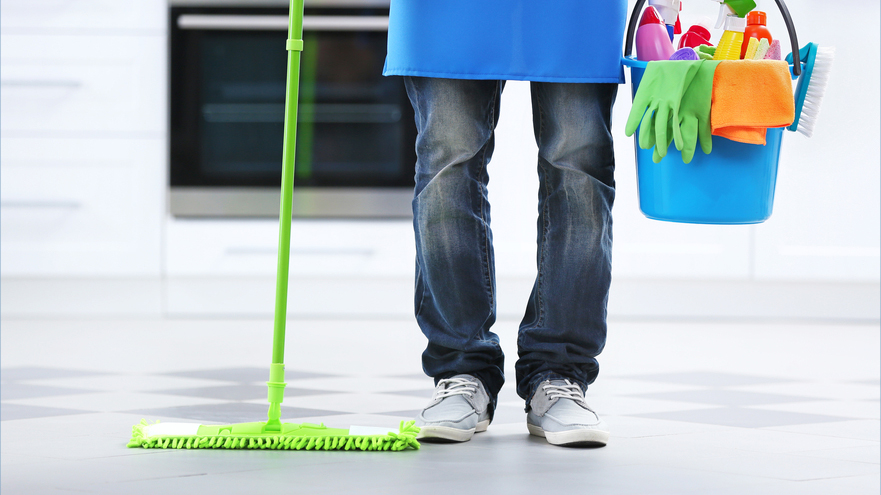Mold can grow almost everywhere, but it is most typically seen in bathrooms, kitchens, basements, cupboards, and near pipes or ducting. It simply requires a few components to develop and spread throughout your home, the most important of which is moisture. Mold removal services are recommended in cases of mold.
The following are some of the most typical sources of mold in your home:
- Constant Humidity
Mold may be an issue if you live in an area where humidity is frequently high. This is usually due to the high moisture content of the air. This mold is likely to grow on walls, ceilings, and dark closets, among other areas. Mold is especially common near the ocean or a large body of water, and it can be aggravated by a lack of air. Moisture buildup in the air indoors can greatly accelerate mold growth, so keep your home well ventilated, especially during the summer.
- Water Leaks in the Home
One of the most prevalent causes of mold behind drywall and in under-sink cabinets is this. As a leak could be coming from the geyser or piping in your roof, leaking pipes can also contribute to ceiling and wall mold. If you find mold growth in any of these spots, the obvious next step is to inspect your pipes for leaks!
- A Dripping Roof
A partially damaged roof caused by wear and tear or harsh weather conditions can quickly lead to mold growth in your home. A slow leak can accumulate a large amount of moisture in your ceiling or attic over time. This can eventually lead to the growth of mold on walls and ceiling boards. To avoid a mold problem in your home, inspect your attic or the tiles and facades of your ceiling for damage and probable leaks.
- Inadequate Home Ventilation
As previously stated, a poorly ventilated home is a breeding ground for mold and the propagation of mold spores. The stagnant air in your home is one of the ideal settings for mold growth. So make sure to get rid of it on a daily basis! Humidity is formed in your home by the steam produced by appliances, cooking, and bathing, leaving surfaces moist and sticky. Removing moisture from your home eliminates the possibility of mold formation.
- Damp and Wet Clothing
Consider the following scenario: you have just finished a load of laundry, retrieved it from the washer, and set it aside to hang up later. You, on the other hand, forget, and the moist clothing sits for at least a day. Mold, believe it or not, may grow and spread in as little as 24 hours. Wet or wet clothing left lying around your home throughout the warm months of spring and summer can significantly contribute to an existing mold problem. Remember to have your washing done as soon as possible!
- A Wet Basement
Because of their location below ground level, basements are inherently subjected to higher levels of dampness. Because of a lack of ventilation or poor air circulation, they are also more prone to have greater humidity levels. Mold will grow as a result of the combination of moisture and rising humidity. Water from above may also accumulate in your basement. This is why, in order to avoid a dangerous mold outbreak, you should keep your basement in good shape.
- Dampness in the Foundation
If your yard’s slope has been landscaped in such a way that water does not drain away from your house, you may have a mold problem. Rainwater and garden moisture can gently seep and collect around your home’s foundations, contributing to mold growth on walls. If mold has grown on your walls, do not hesitate to contact mold removal services.


